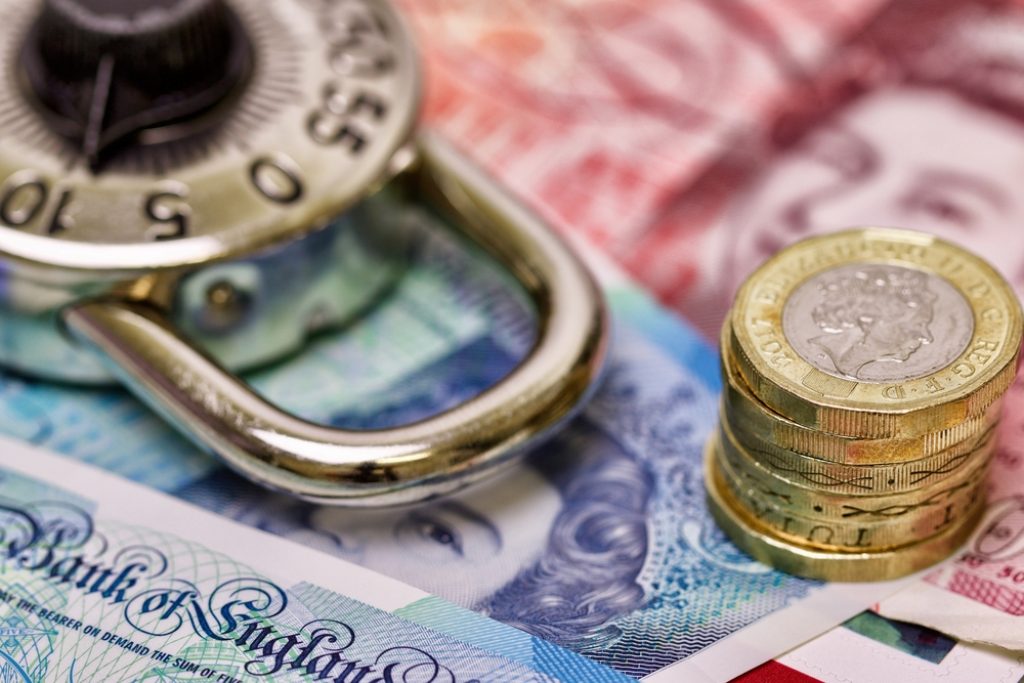Brits spent more on essential items in September, driven by groceries and rising fuel prices, the latest Barclays spending report reveals.
Over the month, spending on essential items grew 4.6% according to the study.
That’s significantly higher than the 1% rise seen in August, with the data pointing to a large upswing in fuel spend as a result of rising petrol and diesel prices as a big factor.
Saving at the supermarket
There was also an increase in spending on groceries compared with August, as high food price inflation continues to bite. While food price inflation has dropped of late, this has simply meant that food prices are increasing less quickly rather than delivering an actual saving at the till.
The study found there had been an increase in shoppers looking to cut the cost of their weekly shop, with 70% (up from 67%) searching for ways to reduce spending on food. Of this group, almost half have moved to buying budget or own-brand goods, while a similar proportion (52%) have looked to take advantage of multibuy deals or buying in bulk.
There was scepticism among shoppers around whether promotional prices offered to loyalty scheme members are really as good as they look. Around two-thirds suggested supermarkets increase the regular price advertised for some goods, so that promotional prices look better.
This is something that supermarkets have been accused of by Which? recently, as it argued that the likes of Tesco and Sainsbury’s were employing loyalty scheme ‘tricks’.
Getting less for your money
The Barclays report identified that more of us are spotting examples of ‘shrinkflation’, where we pay the same price for smaller items.
In total 76% of shoppers said they had noticed examples, up from 71% in August. Chocolate was the most cited product impacted by shrinkflation.
Around six in 10 said they noticed some products had changed packaging in order to disguise that the goods had become smaller or weighed less.
Meanwhile, half of shoppers said they had seen more examples of ‘surge pricing’, where retailers raise prices during peak times, too.
Cutting back on luxuries
While spending on essentials has risen, there is evidence that shoppers are cutting back on certain luxuries as the cost-of-living crisis continues to bite.
For example, spending on restaurants and food deliveries both dropped noticeably in August. The study found that a driver for this was shoppers reporting that they expect the festive period to be more costly this year than last year. Around one in five have started buying Christmas presents already in order to spread the cost.
Esme Harwood, director at Barclays, said that it was worrying that food spending grew again in September, which was “an early warning sign that food prices may not come down as quickly as we’d hoped”.
She added: “Eagle-eyed shoppers have spotted more examples of ‘surge pricing’ and ‘shrinkflation’, and are becoming sceptical about the value of supermarket loyalty schemes. Consumers are also starting to pull back their spending in some non-essential areas, so that they can put more money aside for the festive season.”

